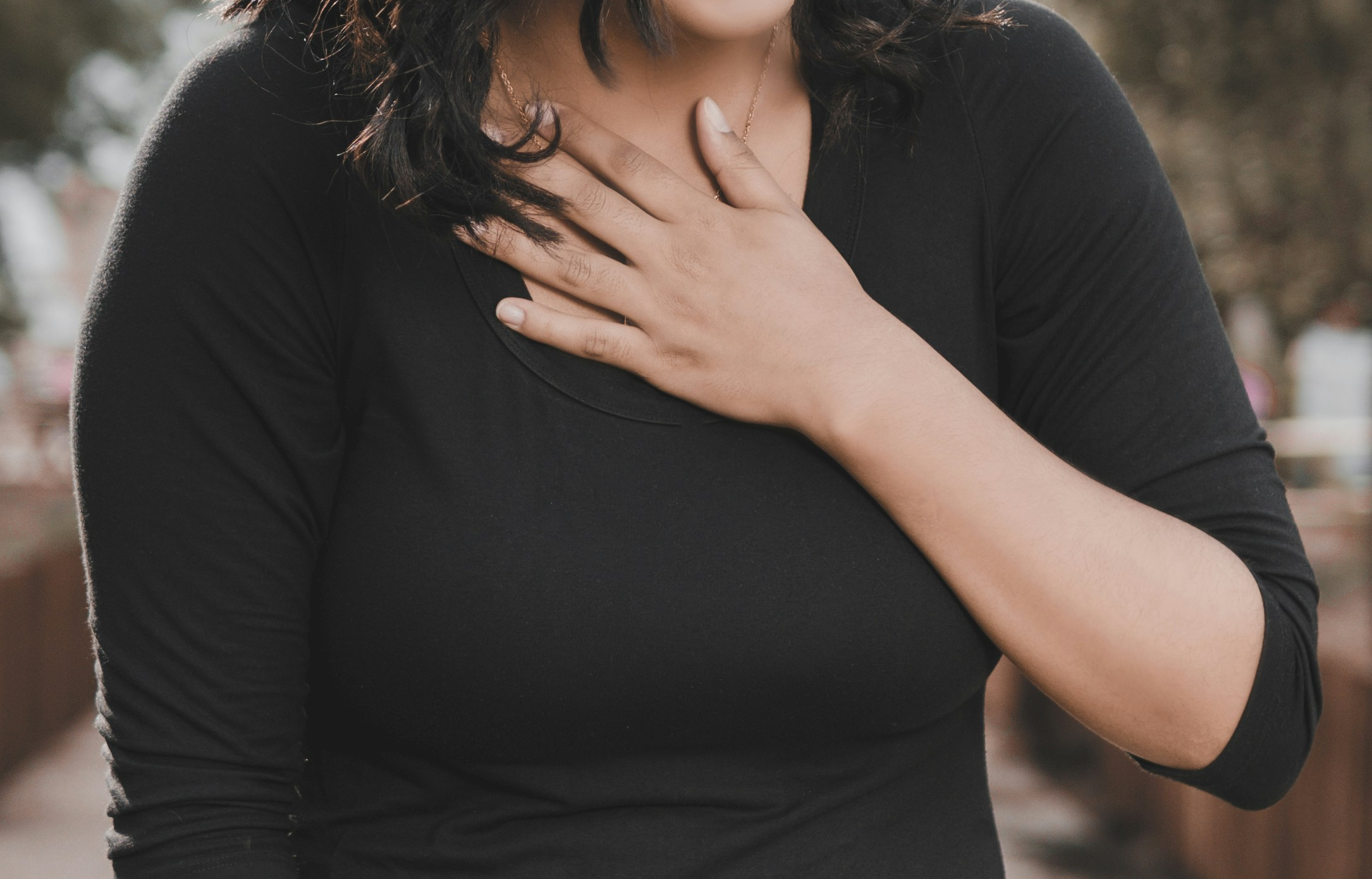Rethinking Safety, Stress, and Healing
When recovering from chronic pain, we often come to the mistaken conclusion that in order to heal we need to avoid all stress and access absolute safety. This post explores the mind-body connection, shifting our perspective on stress an safety, and practical invitations to inhabit our full liveliness and heal.
On First Tries, Sticky Dough, and Letting Go of Imperfectionism as We Heal
What sticky dough, lopsided loaves, and a very persistent inner critic showed me about healing. It isn’t about getting it perfect, but about showing up human, curious, and kind. Whether you're on your own healing path or supporting others, I hope this story offers some permission to soften, invite playfulness and joy, and begin again.
When Anxiety and Physical Symptoms Show Up: A Gentle Reframe and Ways to Respond
Struggling with anxiety and physical symptoms in everyday stressful moments? Discover a gentle reframe from managing to tending to your experience, learn why self-talk often falls short, and explore compassionate practices that can help soothe your nervous system.
The Enchanted Loom: A Mindbody Approach to Chronic Pain Recovery
Weaving new neural pathways and possibilities healing, meaning, and ease. Integratingartful intentionality and the cultivation of liveliness in a way that does not banish the difficult parts of our story, but integrates them more fully into a rich tapestry of experience, honoring the full range of what it means to be human.
What keeps the pain cycle going?
Hypervigilance, pain catastrophizing, and avoidance are all natural responses to pain — and at the same time they can contribute to a pain-fear-avoidance cycle. Changing these behaviors, starting from a place of curious inquiry, can play a significant part in recovery.
The Role of Adversity, Personality, Depression, and PTSD in Chronic Pain
Childhood adversity, depression, post-traumatic stress and personality traits can all play a role in chronic pain — and recovery. Healing is about experiencing a greater sense of agency, being in charge of our own healing, and reclaiming our lives.
How to Know If Your Pain or Symptoms Are Nociplastic
All pain feels like it’s coming from the body, and nociplastic pain and symptoms are just as real as those from injury or tissue damage, so it can be difficult determine whether our pain is nociplastic pain. Learn about its characteristics and how it can be reversed..
What is nociplastic pain?
Nociplastic pain involves pain creation or augmentation by the central nervous system through pathways that involve predictive processing, threat conditioning, sensory processing and altered pain modulation in the absence of tissue damage.
What is neuroplasticity?
Neuroplasticity means our brain is constantly learning, evolving and changing. The consequence of this is that whatever we repeat – thoughts, feelings, behaviors – will change the connections and structure of our brain.
How does persistent pain happen?
Pain is a protective mechanism - your bodymind doing its best to look after you. When there is a threat - whether of physical injury or to our safety, dignity or belonging, our brain sends out pain messages to let us know that there’s something wrong.
Bodymind (re)learning for wellbeing and ease: a path towards healing and freedom from persistent pain and other symptoms
The fact that your pain/symptom has been ‘chronic’ does not mean that it will last forever.










